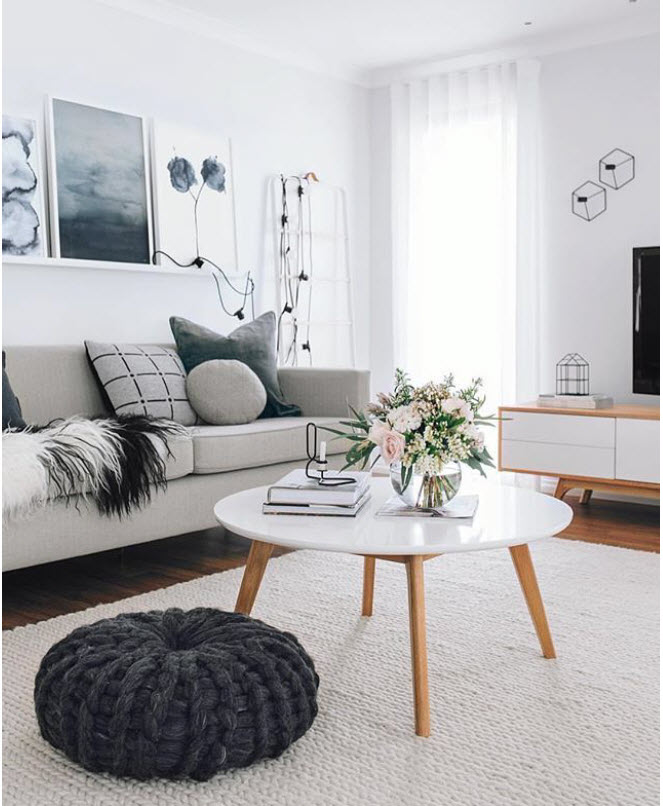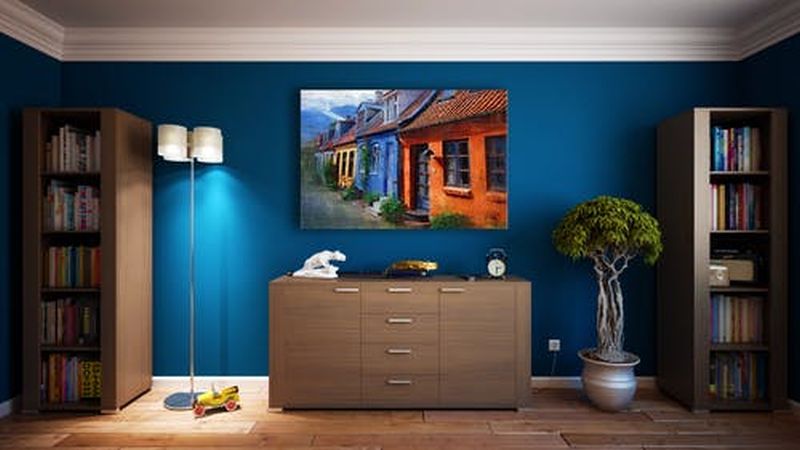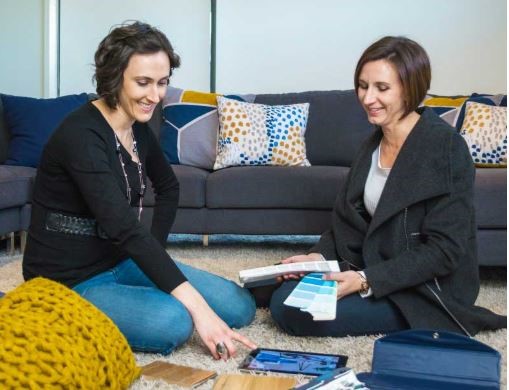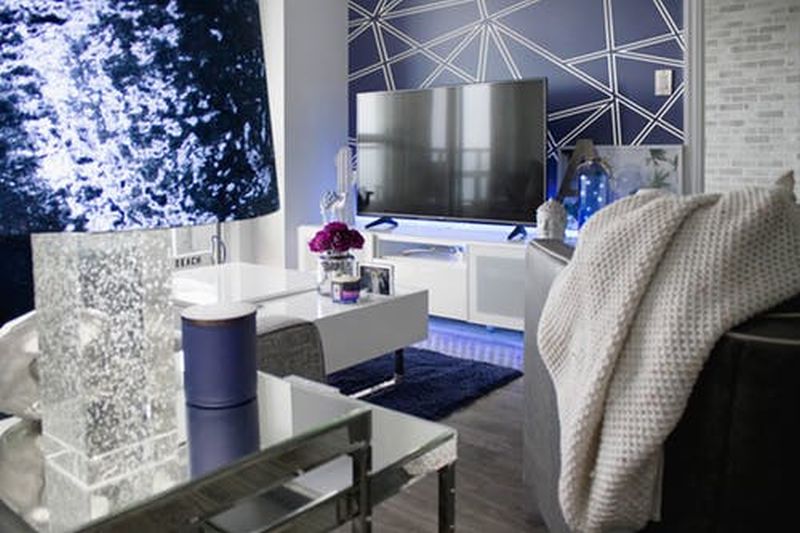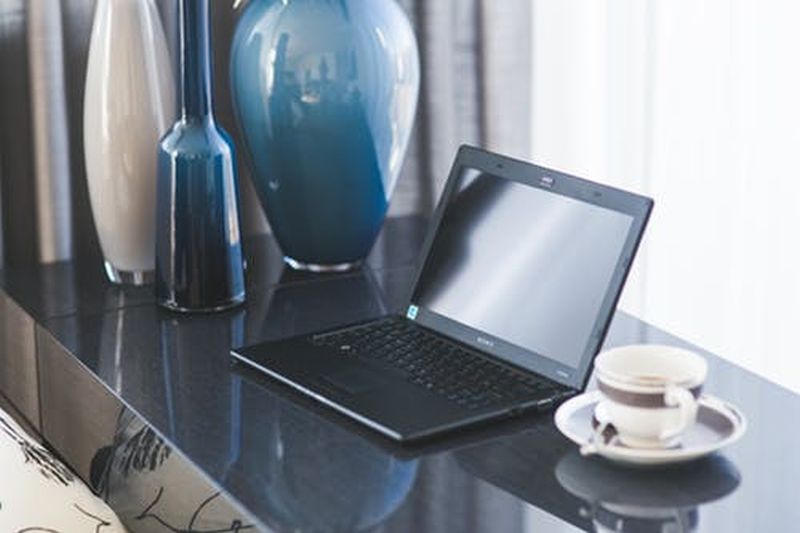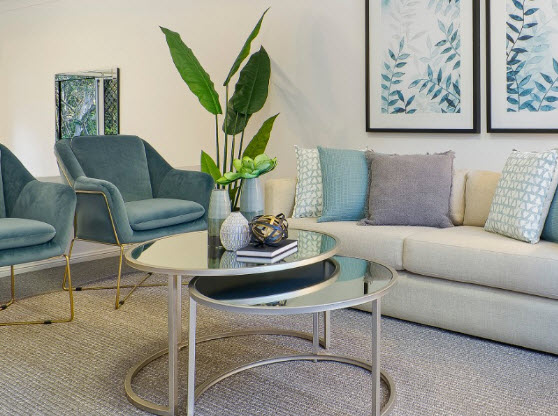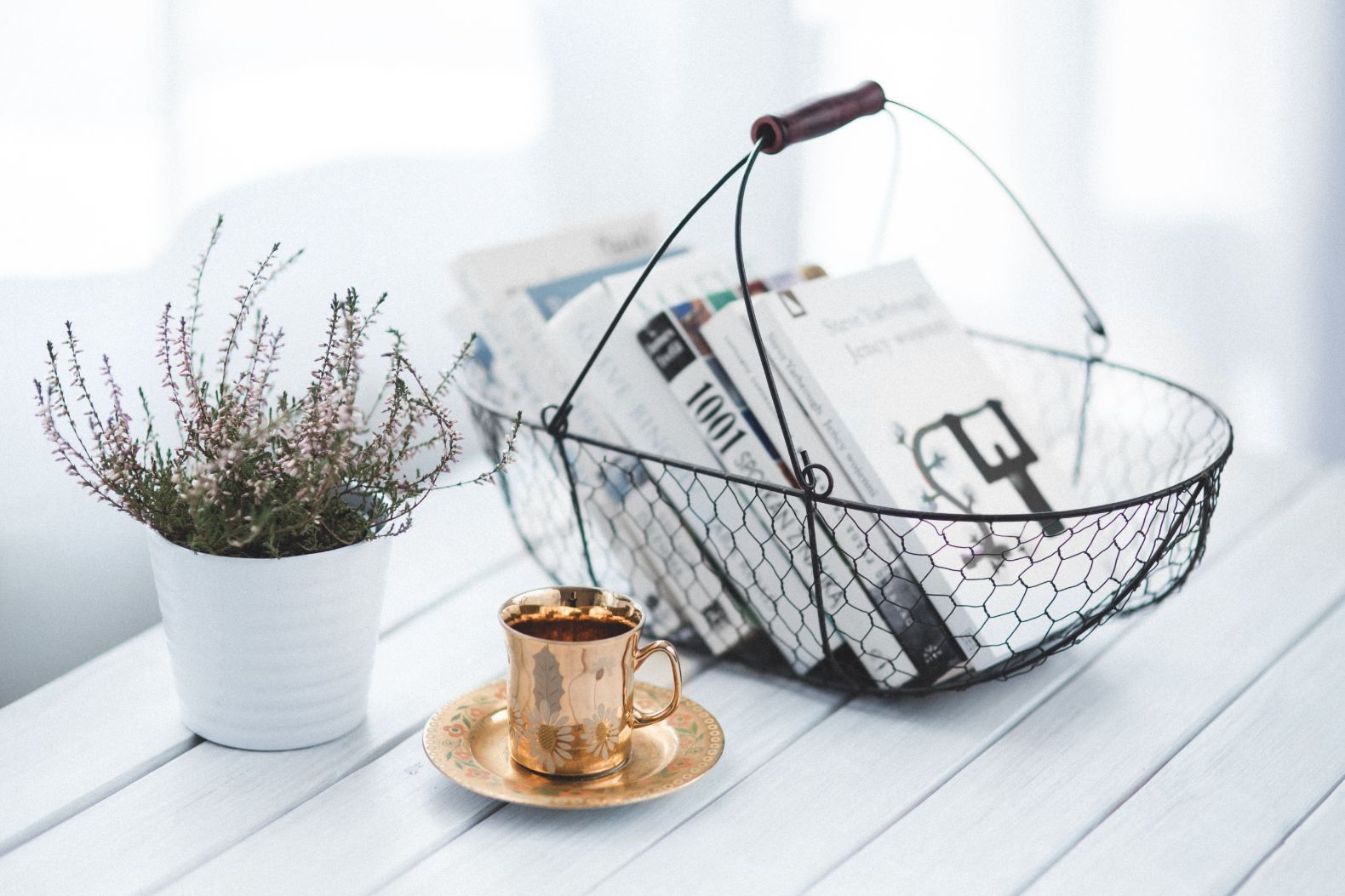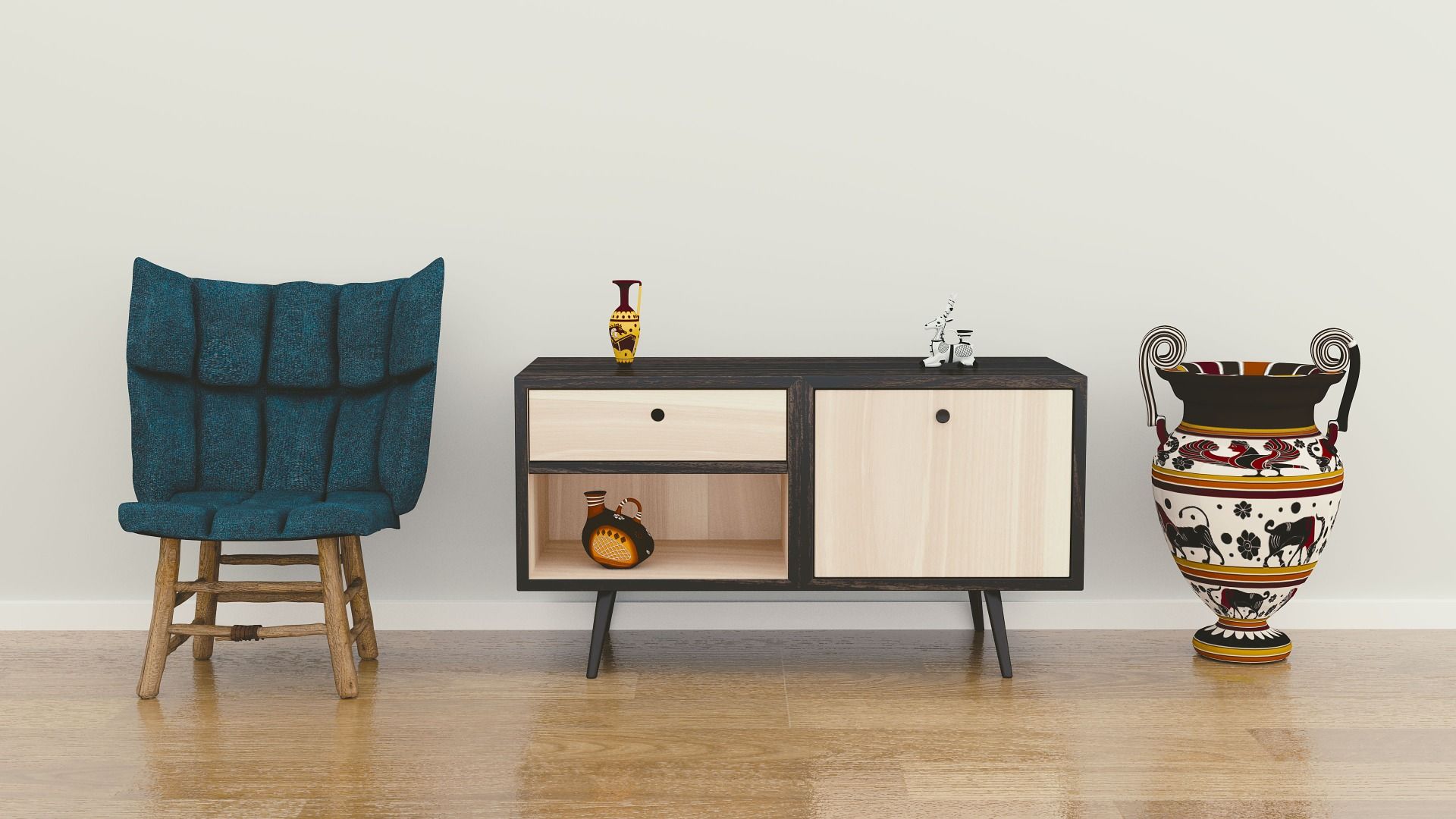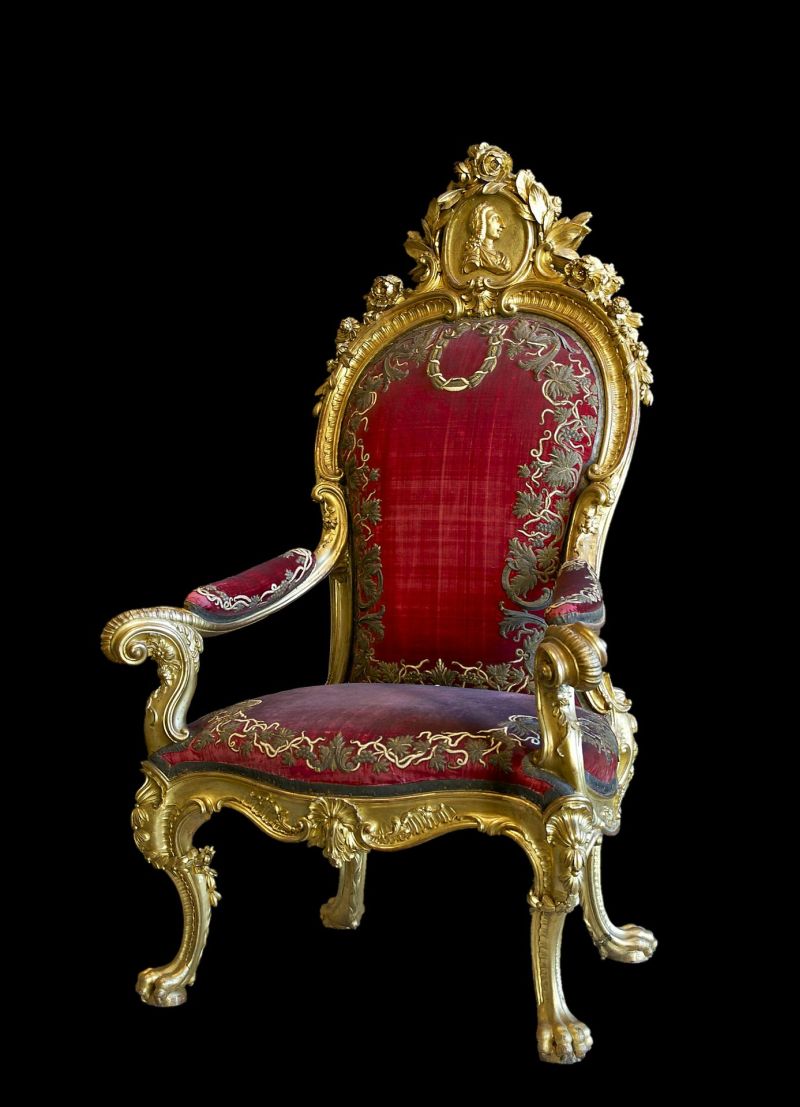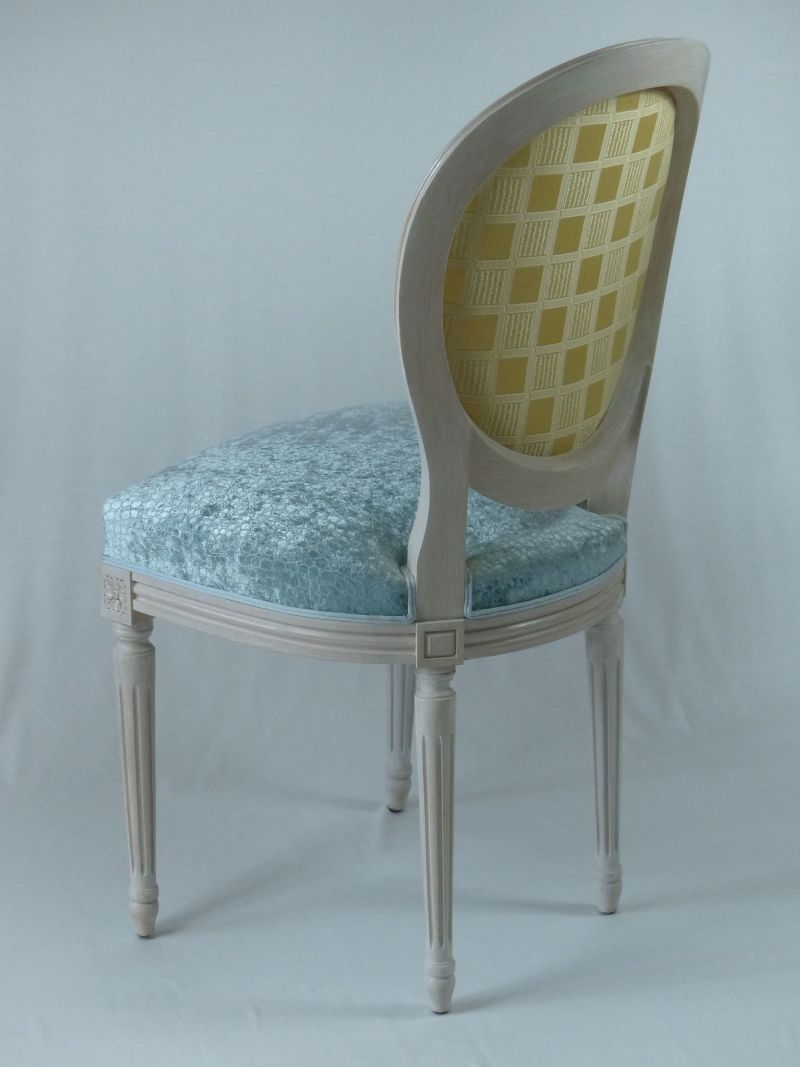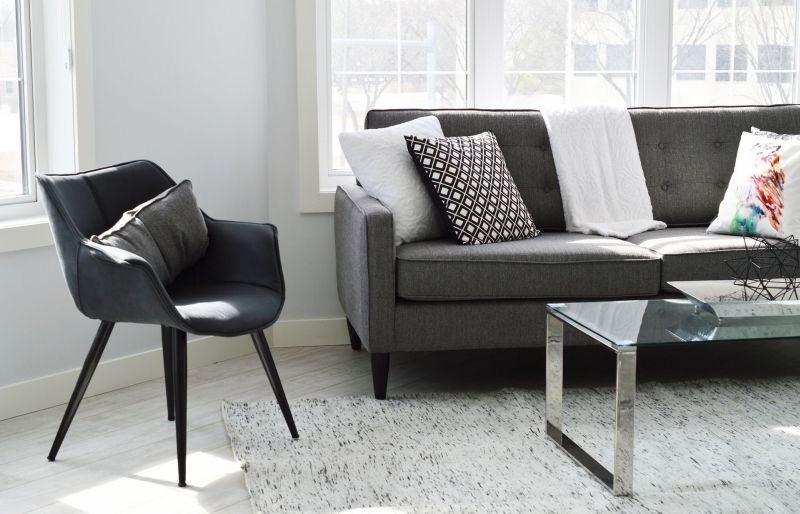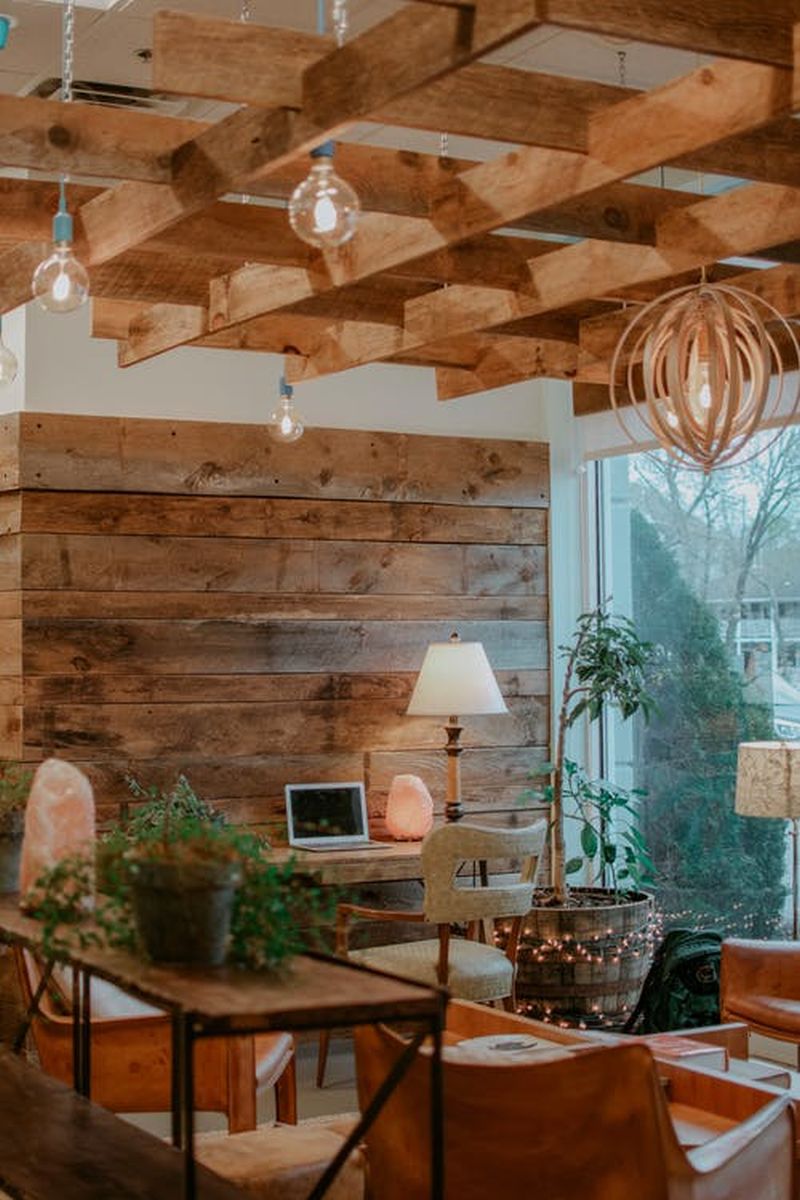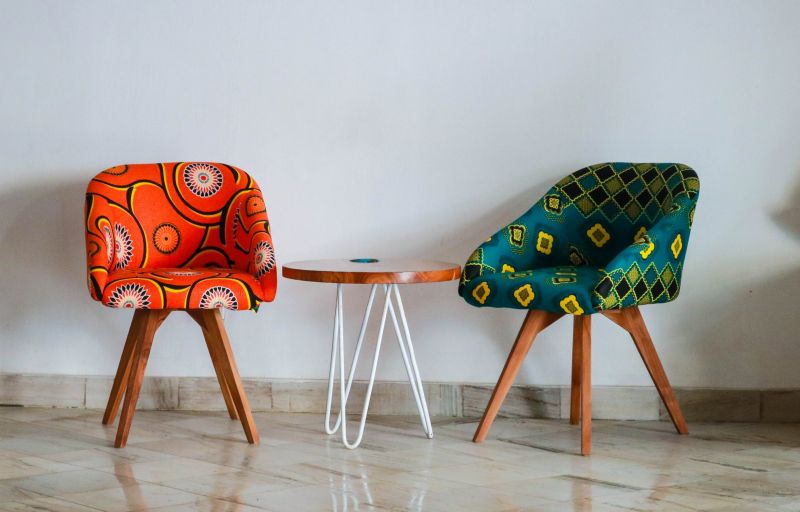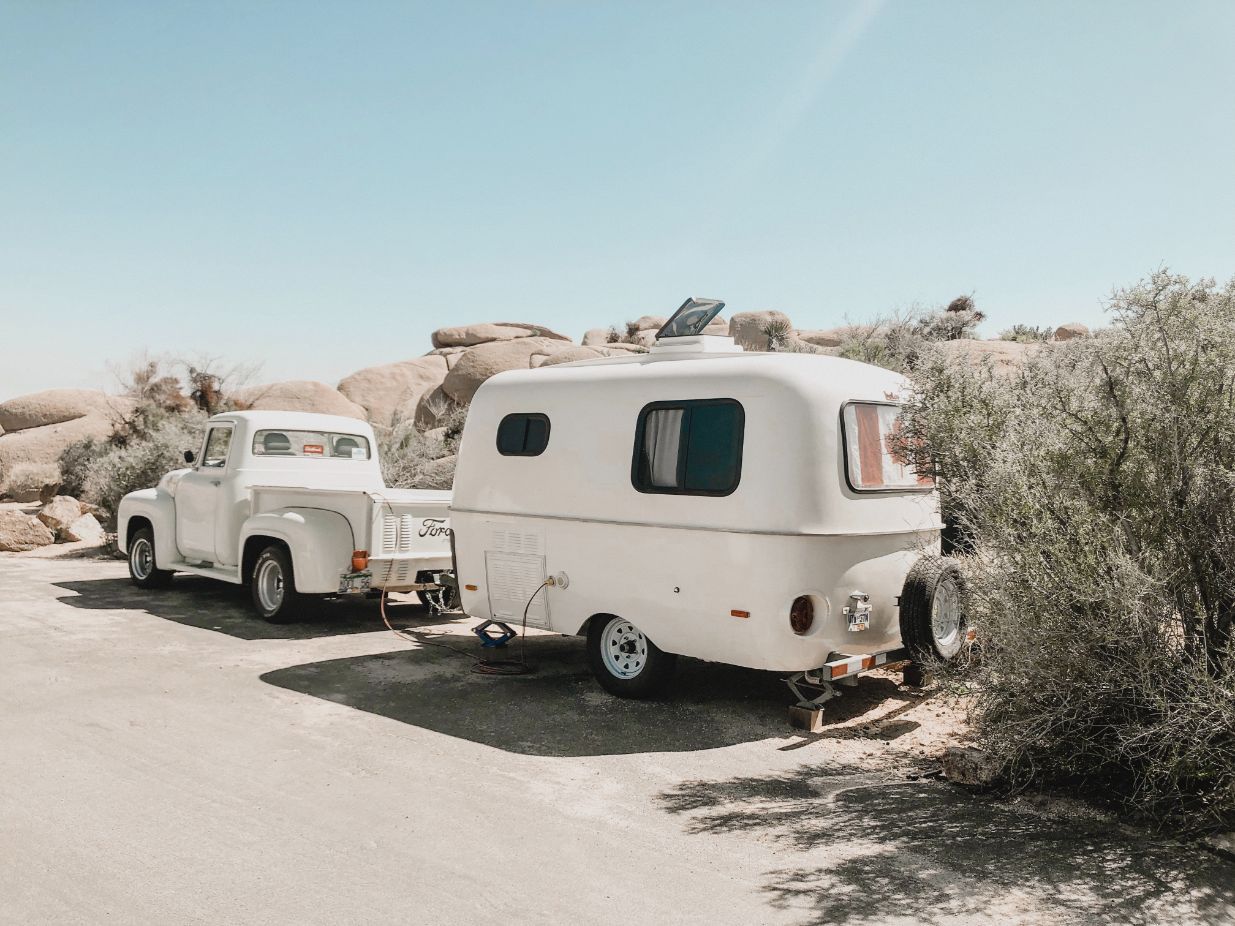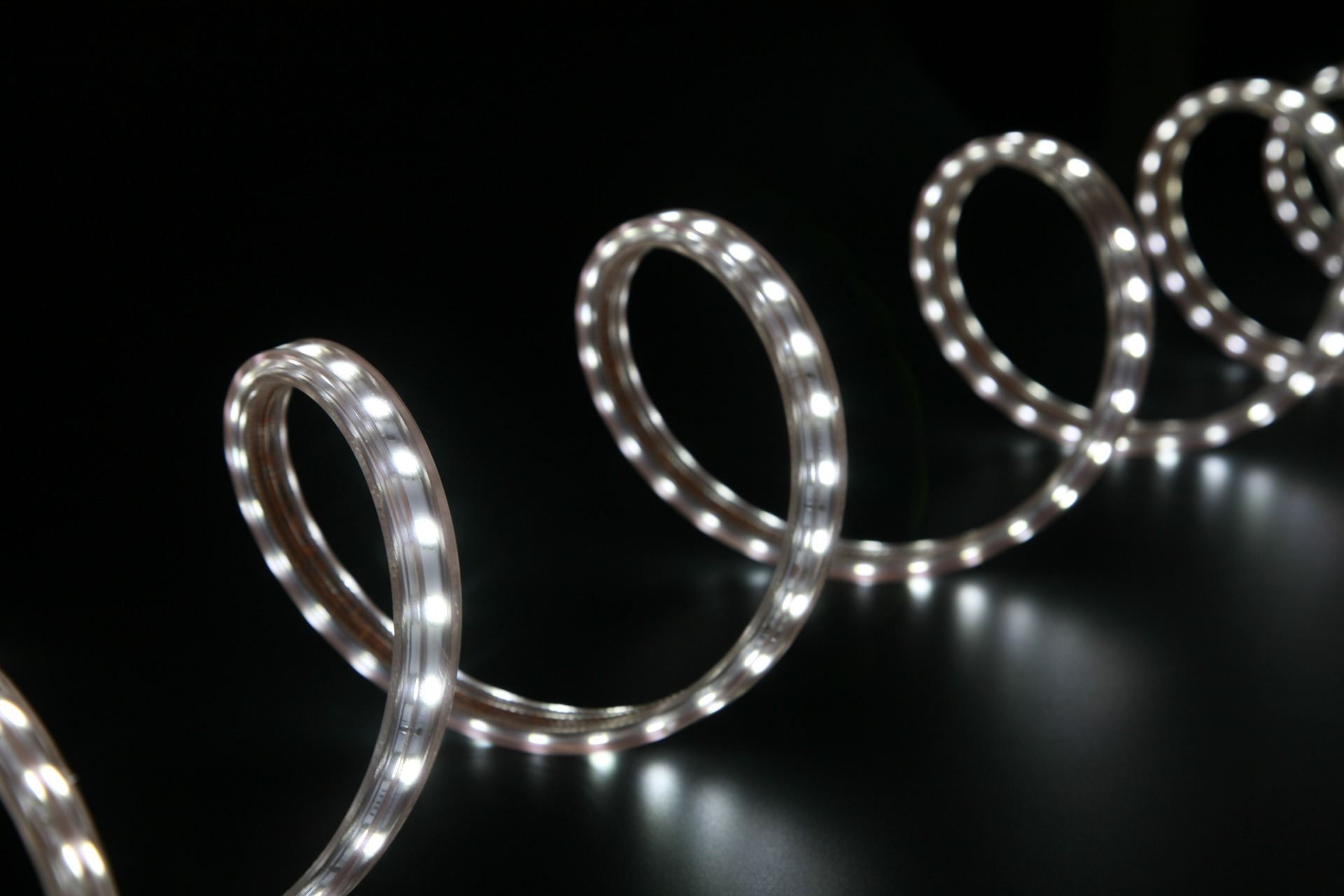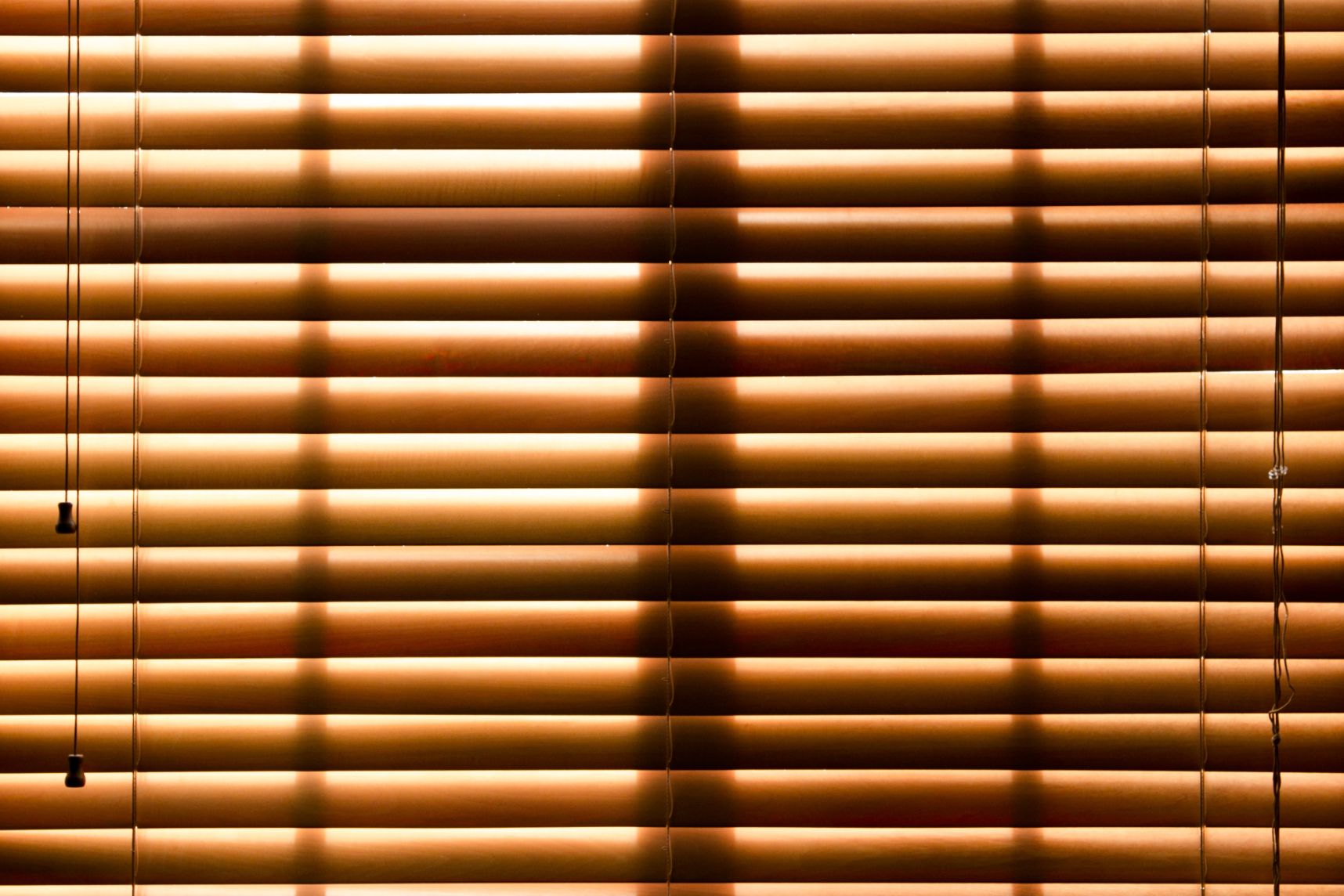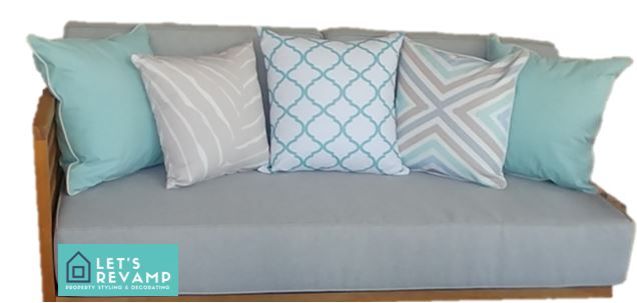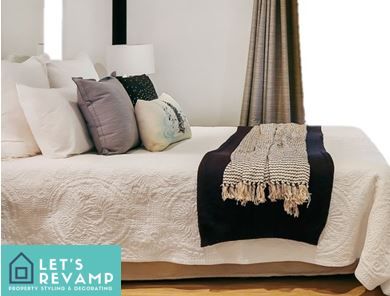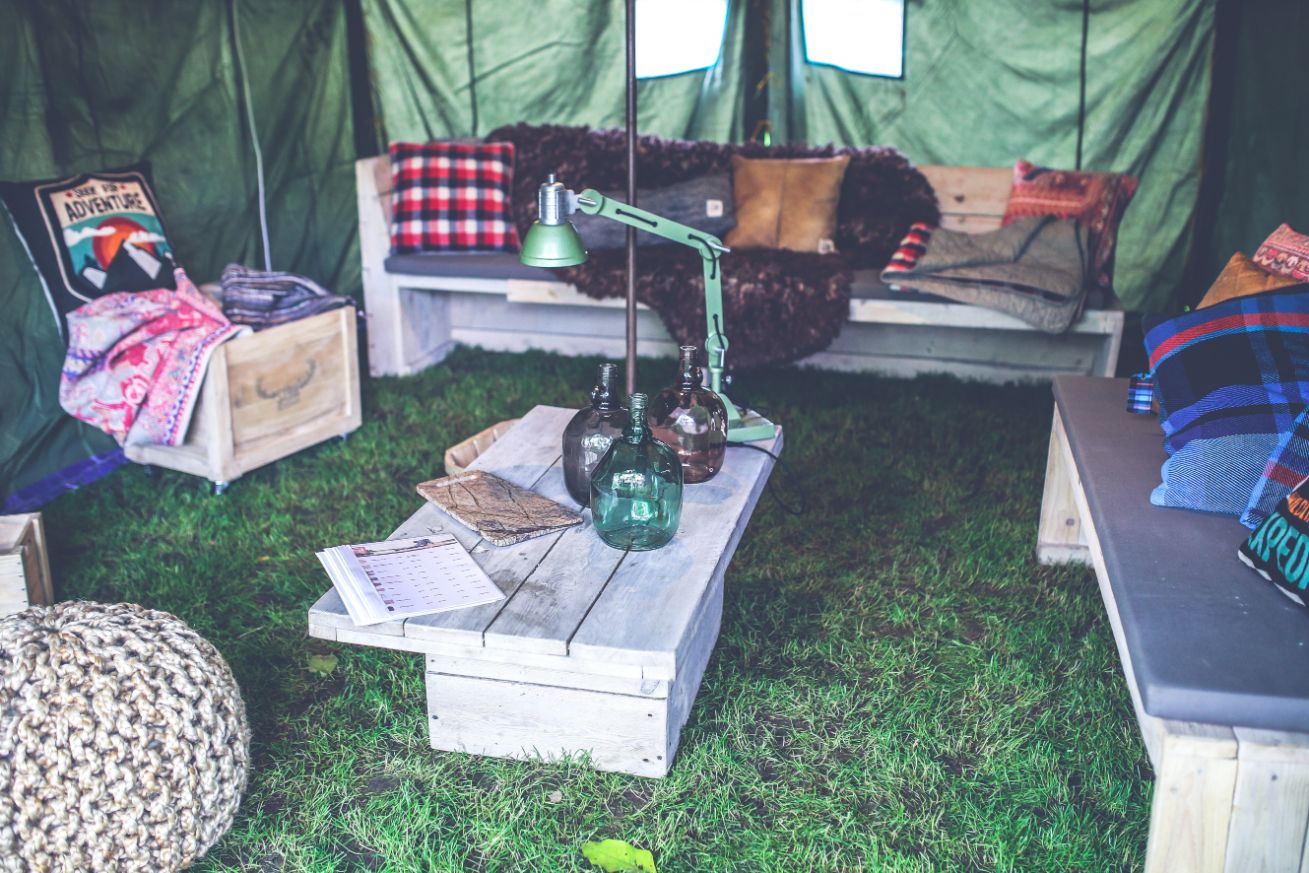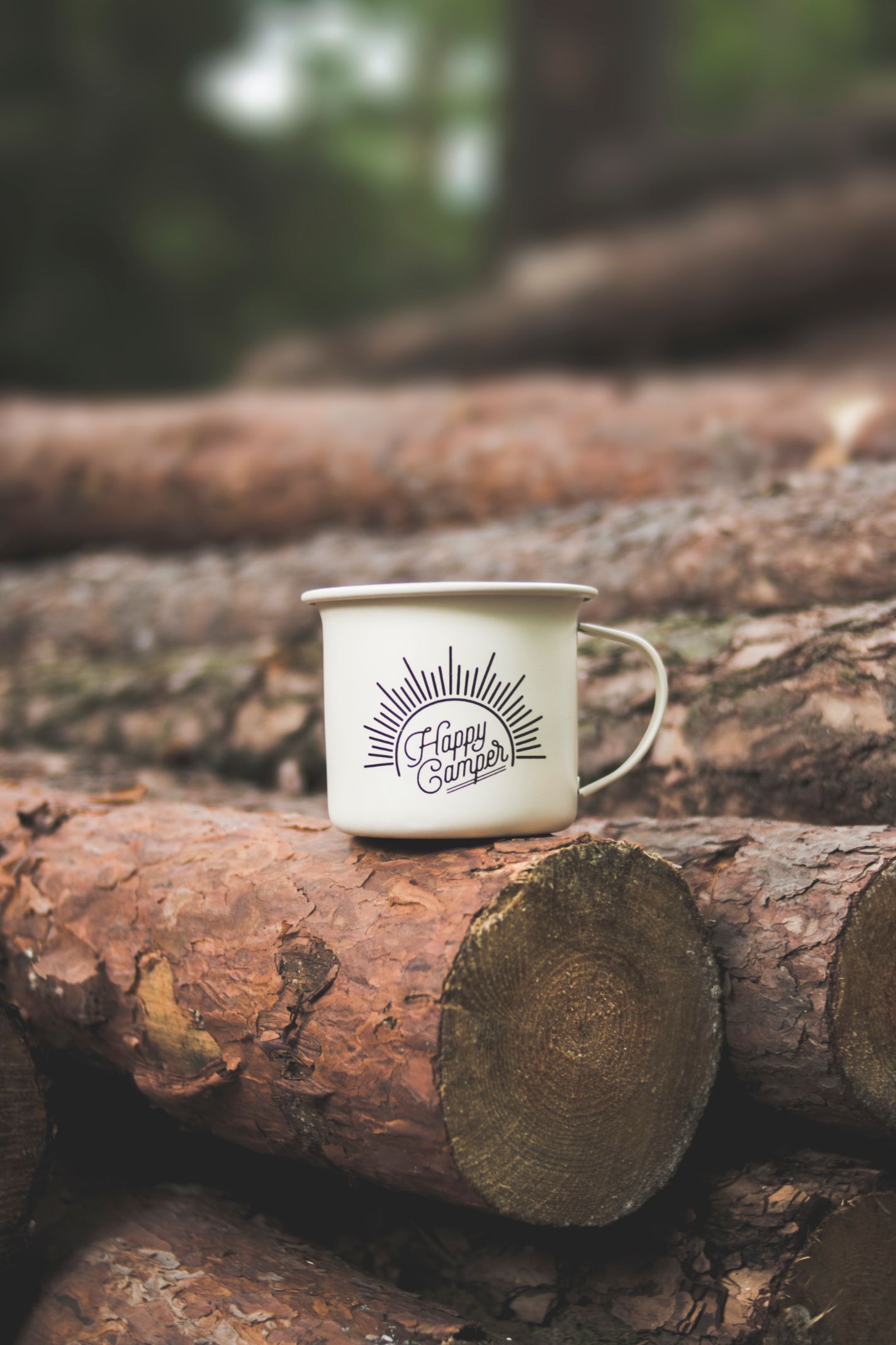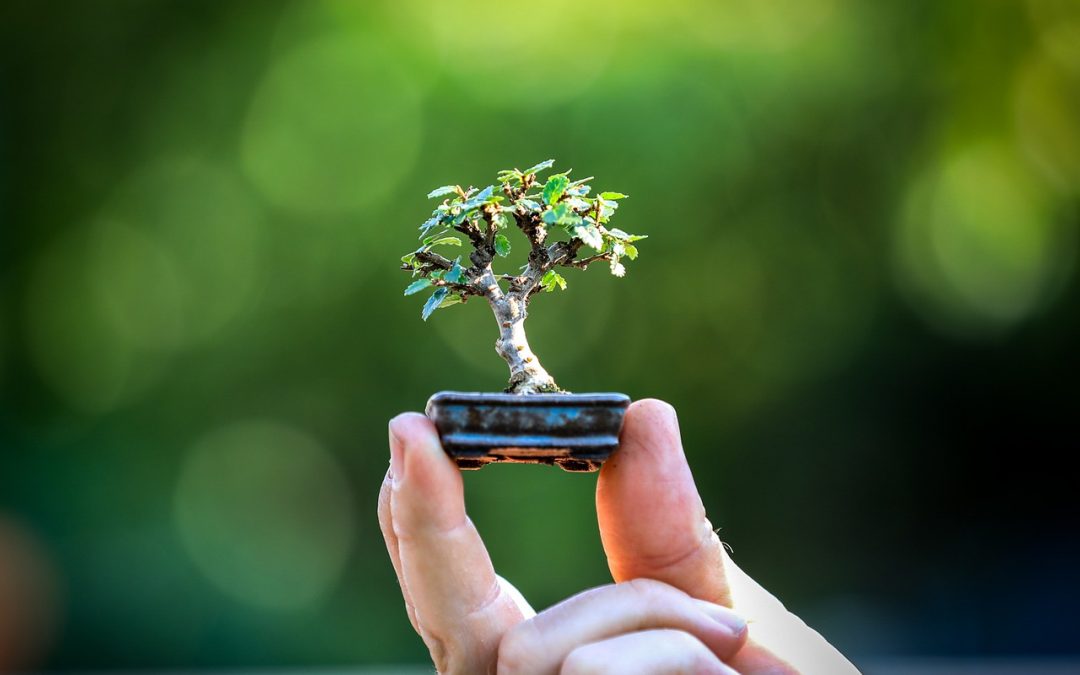
BONSAI! FOR SMALL APARTMENTS AND SPACES

BONSAI!
For Small Apartments and Spaces

Are you an urbanite, living in a high-rise small unit or apartment, far from land, soil, trees and plants?
You simply do need plants in your living space for your overall well-being and interior decorating.
1. What do we know about plants?
• They are alive, living and breathing. (yes plants do breathe)
• They are as diverse in colour, shapes and sizes as they are in species.
• Their texture varies from plant to plant.
• They are decorative and ornamental.
• They exhibit your personal touch and preferences.
• They have healing properties.
• They are responsive to care.
• They are great as gifts.
• They are messengers in a container/planter conveying messages of love, care, empathy, sympathy and apologies – when we gift them to others.


2. Plant Containers/Planters
There are many different plant containers / planters available. Choosing the right one for your plant/s could be daunting.
Points to consider when choosing a container/planter are:
• Weight
• Colour
• Shape
• Drainage
• Size
3. Bonsai
My love for bonsai grew when I lived in Japan a couple of years ago. Not only are Bonsai ideal for small spaces, but they are also living art form.
Bonsai add wonderful harmonious accent detail to your living area, maintaining balance and cohesiveness with your decorating style.
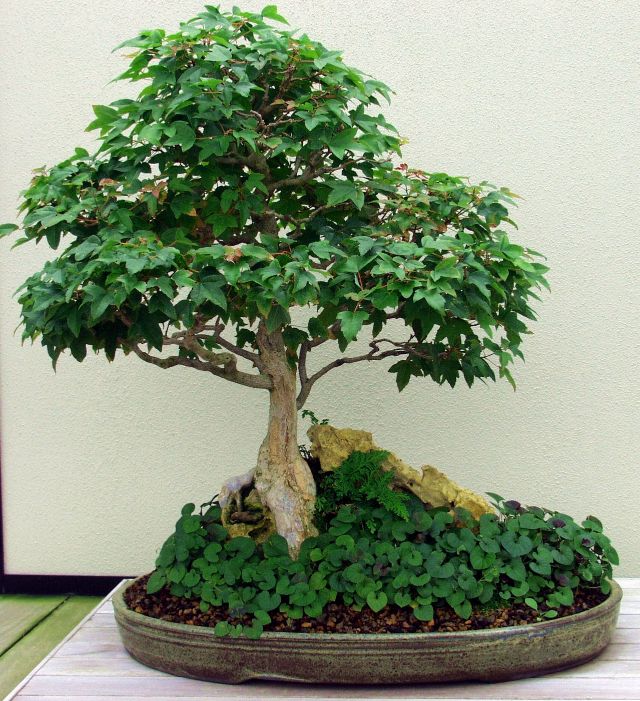
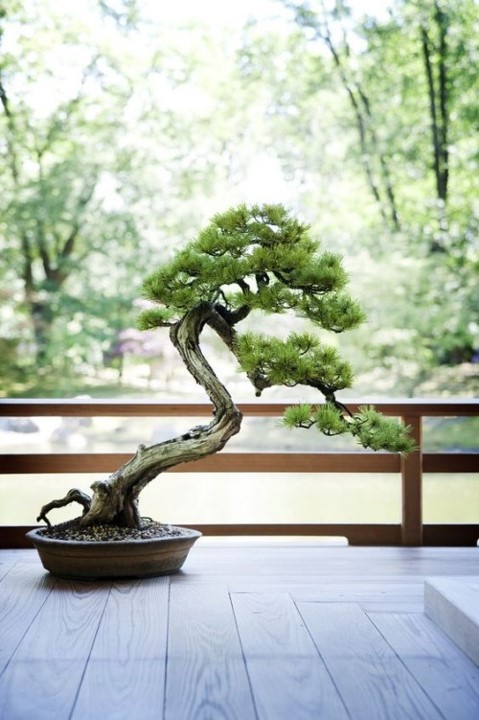
4. Patio
Depending on the size of your patio, even one bonsai tree on an outdoor table would be enough to create the look you want. Overcrowding will make the area appear cluttered.
5. The Entrance
A bonsai at the entrance to your apartment or unit will create an appealing focal point and set the atmosphere of your home.
Displaying bonsai on a tall, slender bonsai display stand enhances the focal point and creates the illusion of heightened space, as the eye will naturally look up by following the contours of the stand – up the tree – to the area above the tree and higher. Adding a narrow rectangular mirror on the wall behind the tree will certainly create a superb focal point/area.
Mirrors reflect light and also make an area appear larger.

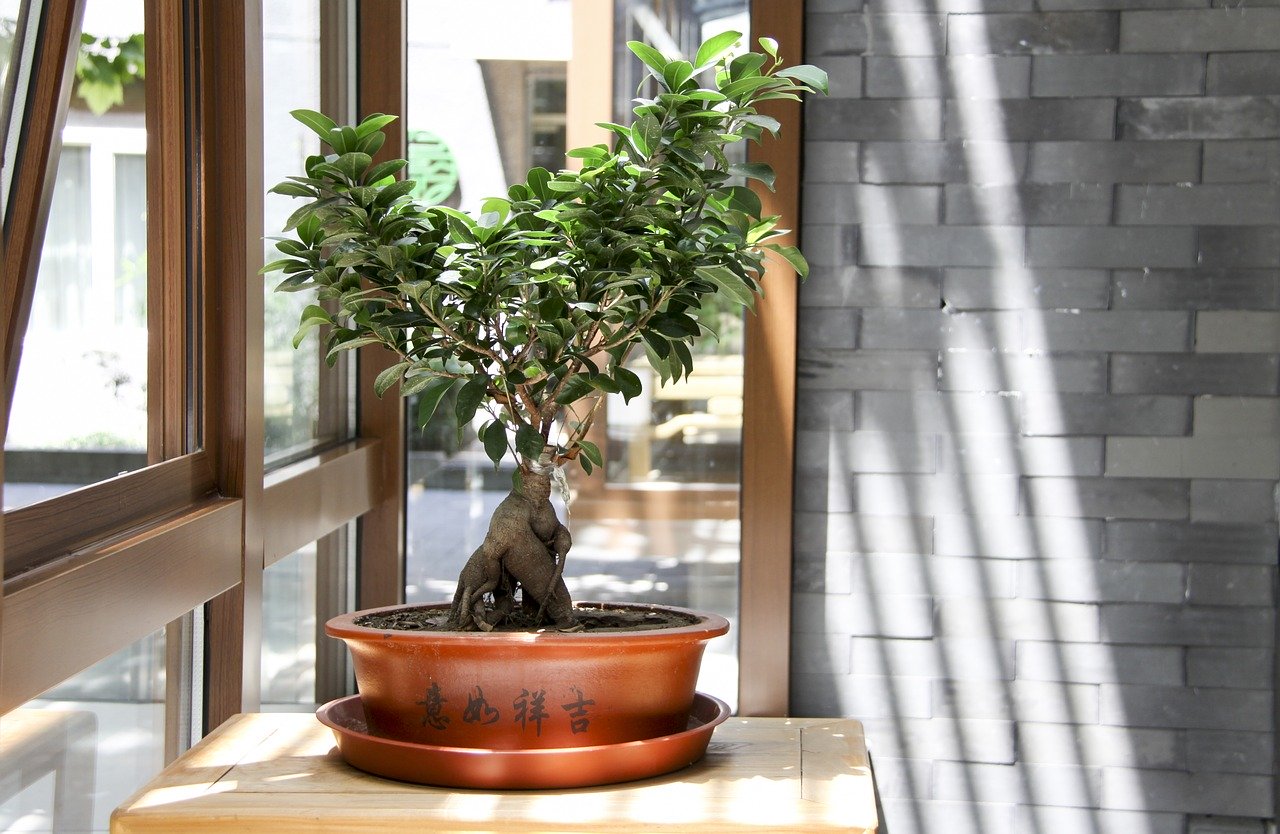
6. Living Room
Natural sunlight pouring through the window and patio door creates the ideal growing conditions for the bonsai.
Placing a bonsai on the side table in the living room creates a subtle and interesting focal point.
Tip: On the sofa add a textured decorative cushion or two with subtle tree motifs or shades of green/grey notes to create repetition of colour and texture making it all come together.
Adding artwork on the wall behind the sofa will also work very well.
7. Dining Room
Bonsai make an exotic centrepiece on the dining room table.
Tip: Hang a mirror on the wall and a branch chandelier over the table to create the illusion of spaciousness.

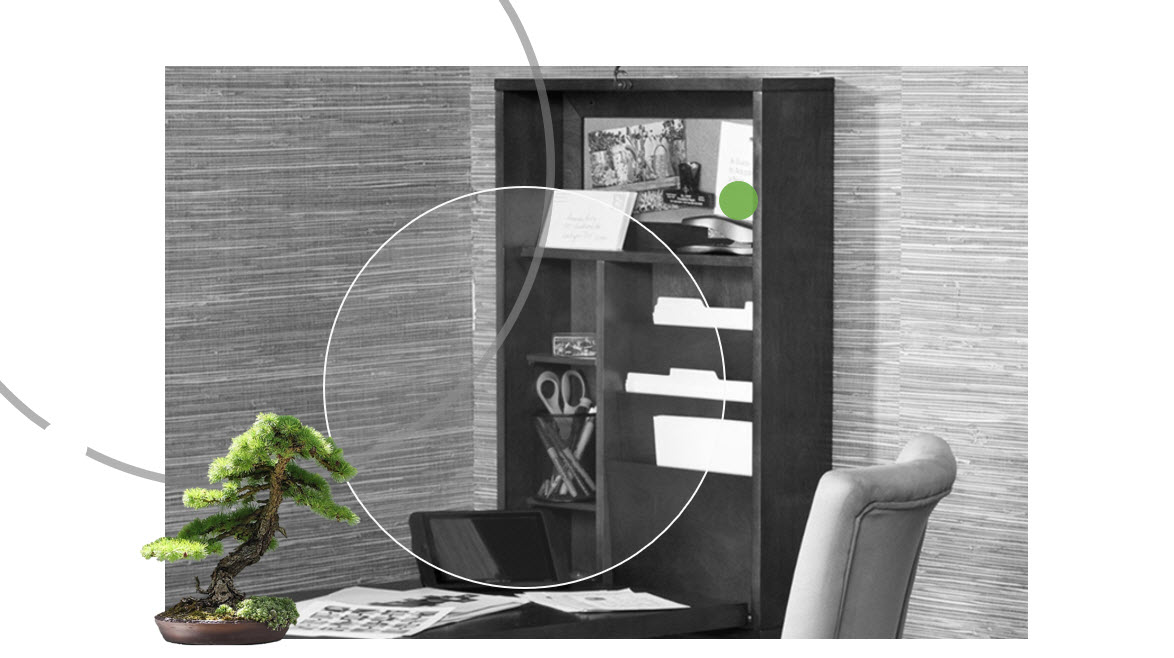
8. Bedroom and Study
Bonsai contribute wonderfully to the accent detail of a bedroom and/or study.
Displayed on a shelf or bedside table allow the tree to stand out, and become a subtle focal point designed to induce a relaxing calm and serene ambiance.
9. We can help.
Do you wish you knew someone who could help you decorate your home to look spacious, inviting and great to live in?
Our professional team of home decorators at Let’s Revamp Property Styling and Decorating are the people to contact.
(Sydney, Australia) 02 9659 2556
For the third consecutive year Let’s Revamp Property Styling and Decorating have been awarded the “BEST OF HOUZZ” award, rated at the highest level for client satisfaction by the Houzz community.
